
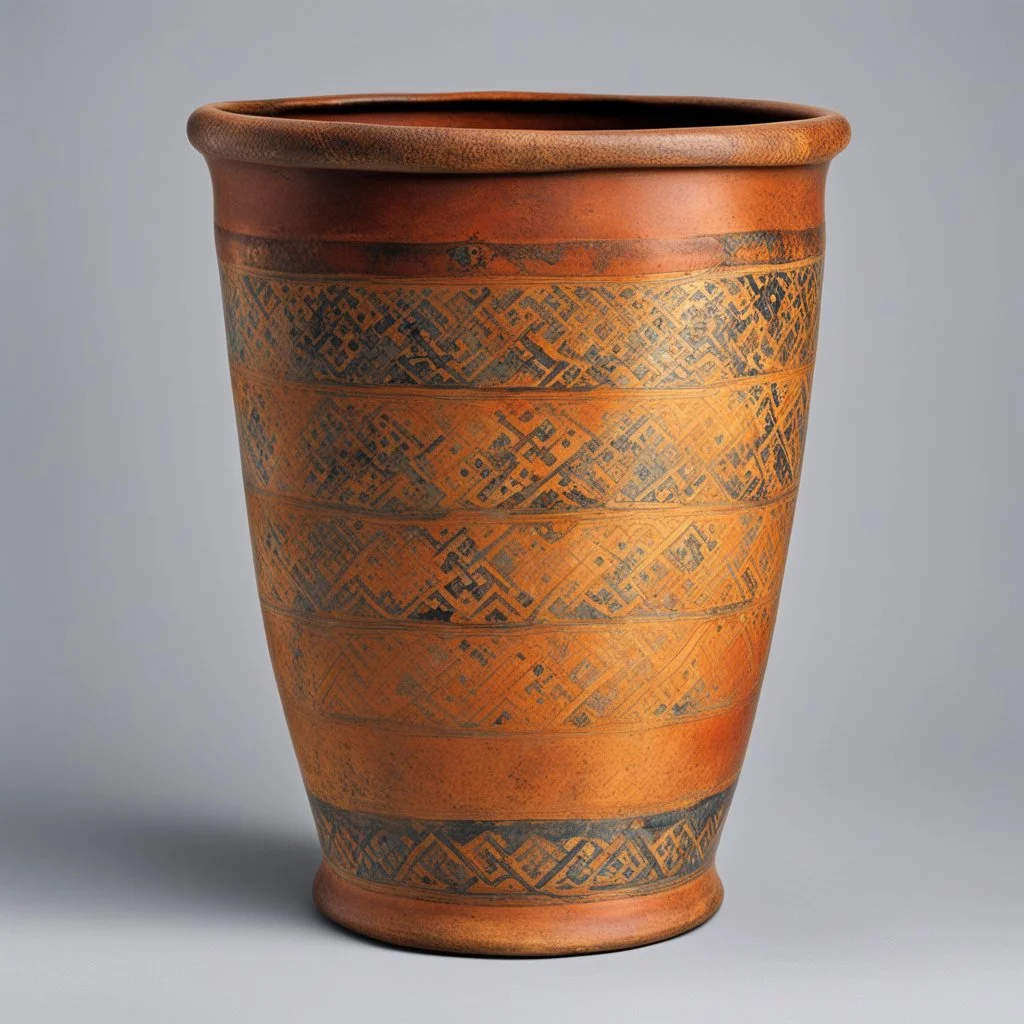
@generalpha
Prompt
Bell Beaker domestic ware has no predecessors in Bohemia and Southern Germany, shows no genetic relation to the local Late Copper Age Corded Ware, nor to other cultures in the area, and is considered something completely new. The Bell Beaker domestic ware of Southern Germany is not as closely related to the Corded Ware as would be indicated by their burial rites. Settlements link the Southern German Bell Beaker culture to the seven regional provinces of the Eastern Group, represented by many set
statue, doubles, twins, entangled fingers, Worst Quality, ugly, ugly face, watermarks, undetailed, unrealistic, double limbs, worst hands, worst body, Disfigured, double, twin, dialog, book, multiple fingers, deformed, deformity, ugliness, poorly drawn face, extra_limb, extra limbs, bad hands, wrong hands, poorly drawn hands, messy drawing, cropped head, bad anatomy, lowres, extra digit, fewer digit, worst quality, low quality, jpeg artifacts, watermark, missing fingers, cropped, poorly drawn
1 year ago
Model
SSD-1B
Guidance Scale
7
Dimensions
1024 × 1024
![In its early phase, the Bell Beaker culture can be seen as the western contemporary of the Corded Ware culture of Central Europe. From about 2400 BC the Beaker folk culture expanded eastwards, into the Corded Ware horizon.[6] In parts of Central and Eastern Europe, as far east as Poland, a sequence occurs from Corded Ware to Bell Beaker. This period marks a period of cultural contact in Atlantic and Western Europe following a prolonged period of relative isolation during the Neolithic.](https://img.stablecog.com/insecure/256w/aHR0cHM6Ly9iLnN0YWJsZWNvZy5jb20vNmJkMWYxZjQtNzA4My00NDQwLThjMjUtNDhmNjkwN2RhMjBlLmpwZWc.webp)

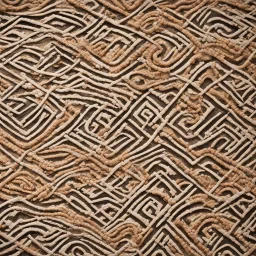

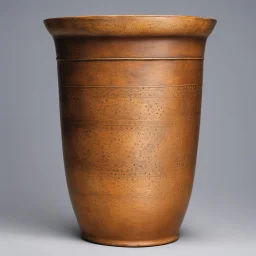
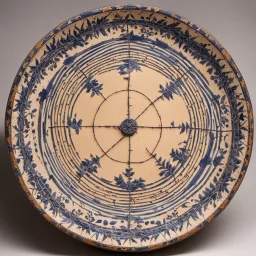
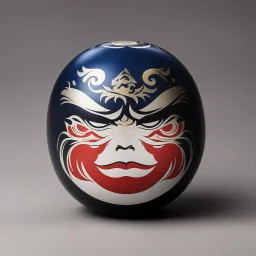
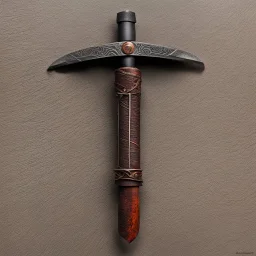
![In its early phase, the Bell Beaker culture can be seen as the western contemporary of the Corded Ware culture of Central Europe. From about 2400 BC the Beaker folk culture expanded eastwards, into the Corded Ware horizon.[6] In parts of Central and Eastern Europe, as far east as Poland, a sequence occurs from Corded Ware to Bell Beaker. This period marks a period of cultural contact in Atlantic and Western Europe following a prolonged period of relative isolation during the Neolithic.](https://img.stablecog.com/insecure/256w/aHR0cHM6Ly9iLnN0YWJsZWNvZy5jb20vMDc2NGI1YTEtYTMxMi00ZGQ1LTljYzAtYjdjNTAzZjVlZjlmLmpwZWc.webp)

![[in outer space with celestial objects by Rogelio Bernal Andreo] Creating an origami satellite made of newspapers? Now that's a challenge. Imagine folding the newspaper pages with precision, forming intricate creases to mold the shape of a satellite floating in space. The black and white print of the newspaper adds a unique texture to the origami creation, giving it a rustic and artistic look. The satellite's solar panels delicately crafted from news headlines, its antennas made from classified](https://img.stablecog.com/insecure/256w/aHR0cHM6Ly9iLnN0YWJsZWNvZy5jb20vYjFmNzAxMTgtNWEzMy00YWYyLTg5MGItODA4NGViZDY0OTJmLmpwZWc.webp)
![[vivid Ancient Egypt] Sherden: Mercenaries of distant realms, the Sherden's shields bear marks etched by artisans' hands. Their battle cries, carried by the wind, are a testament to their nomadic spirit. Each step they take speaks of a warrior's resolve, an unwavering commitment to the path they have chosen.](https://img.stablecog.com/insecure/256w/aHR0cHM6Ly9iLnN0YWJsZWNvZy5jb20vZTVlZjJkYTYtZWI1Zi00ODk2LTkwOTQtZWJhZmE5N2VkYTA1LmpwZWc.webp)